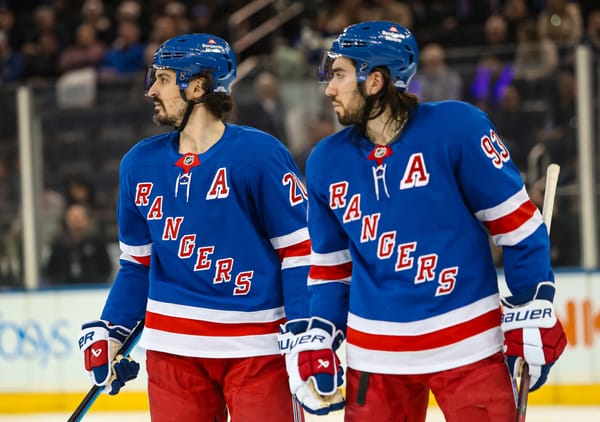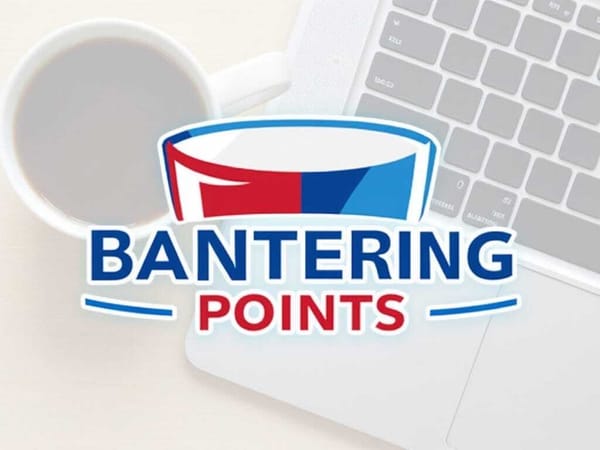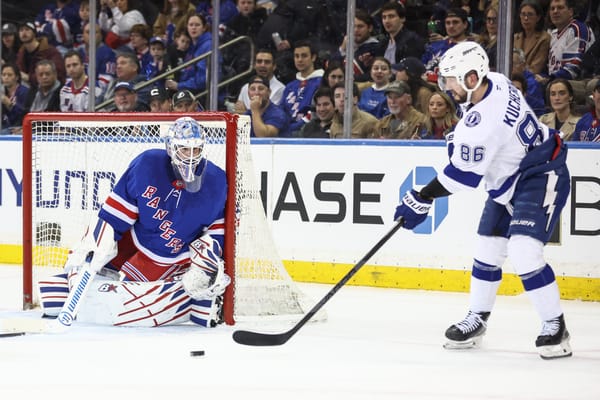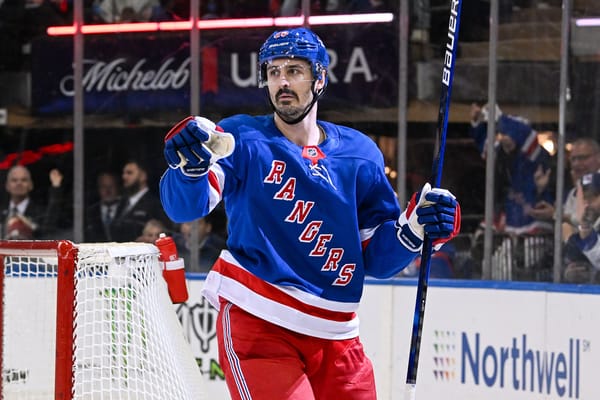2014 Report Card: Rick Nash is still a dynamic, top offensive talent
The Rangers top offensive player was up to his old tricks this past season after an early injury scare.
Few faces in the Rangers organization are as polarizing as Rick Nash. After being acquired by New York in the summer of 2012, Nash has gone from savior, to playoff dud, and everything in between. In reality, Nash is still the Rangers best forward, and one of the more dynamic offensive talents in all of hockey. Let's explore a bit deeper.
Early concussion, then lots of goals
Evaluating Rick Nash can be simplified to this split: When he's on the ice, he's effective, and when he's not, he isn't. After speculation he was playing in the 2013 playoffs banged up, Nash went down after just the third game of the 2013-14 season with a concussion. The monumental injury to the Rangers top offensive threat carried a bit more weight considering this wasn't Nash's first head injury. With New York going into an early season slide, Nash's injury couldn't have come at a worse time. He had registered three points in his first three games of the season, and after beginning his Rangers career in a lockout shortened season, sans a true training camp and a period to get acquainted with the franchise, it looked like Nash was arriving in a big way.
Which Nash subsequently did when he came back from injury. Nash scored 26 goals in the 62 games he played after returning from his concussion, or an 82 game pace of 34. Nine of his goals were game-winners, and Nash went through a stretch in January during which he scored 11 goals in as many games. Heck, Nash even drove possession with a CF% of 54.2, and rel. CF% of 2.6.
All of this adds up to Nash being a very effective, very dangerous forward. His 5v5 goals/60 are one of the highest rates in the all league. The players around him are getting better, whether Alain Vigneault decides to flank him with Martin St. Louis or Chris Kreider, with the playmaking Derek Stepan down the middle. Nash even rediscovered his penalty killing ability thanks to Team Canada head coach Mike Babcock.
There's a lot to like about this guy.
The stupid postseason that everyone keeps mischaracterizing
It doesn't matter what camp you're in, and whether you support the use of advanced analytics in hockey or not, these are simply facts. Through a 783 regular season game career, Nash has scored on 12.4 percent of the shots he's taken. In this year's playoffs, Nash's three goals on 83 shots equated to a 3.6 shooting percentage. Those numbers don't add up, but they do say a few things.
 More on Nash
More on Nash 
For one, the rate Nash was scoring about at that active a shooting clip was unsustainable, meaning that should a player of Nash's skill level go through another 25 game, 83 shot postseason, and he's more likely to score about 10 goals. Players don't also accidentally take 83 shots. It requires a high level of puck possession, which in case there was any question, is a good thing.
No, the Rangers will not be trading Nash, nor should they. All of this talk of Nash's effort level, or his ability to play in big games are cute, fuzzy, undefinable elements. The rate at which he scores is pretty clearcut, and to abandon that talent after six rounds of ineffective postseason performances is ludicrous. The reason why Nash isn't dropping the gloves every game like he did against the Blue Jackets is its dumb for your goal scoring forward of a concussion history to go out and get punched in the head.
Grade Nash's season
| A | 37 |
| B | 338 |
| C | 161 |
| D | 47 |
| F | 23 |
| Didn't see him enough | 1 |




